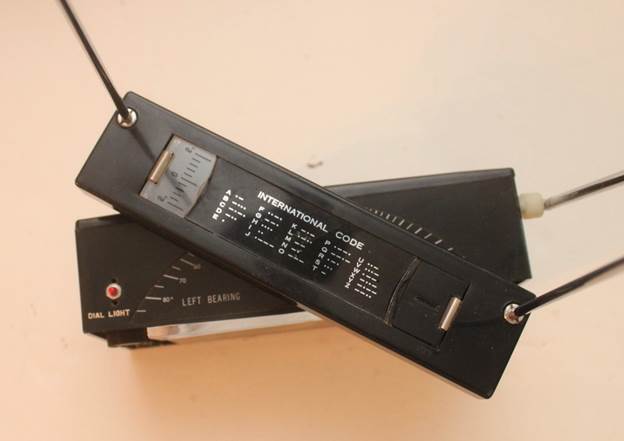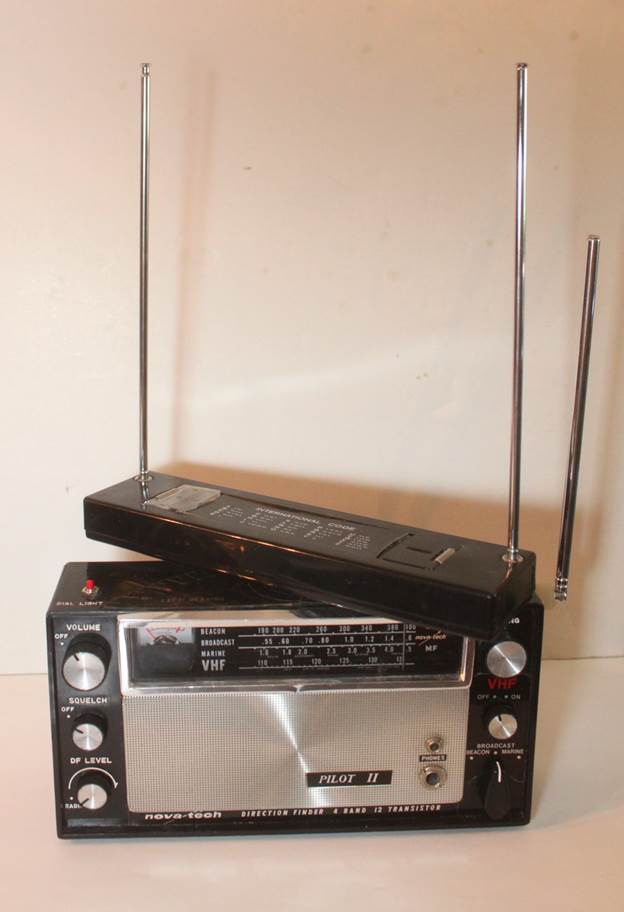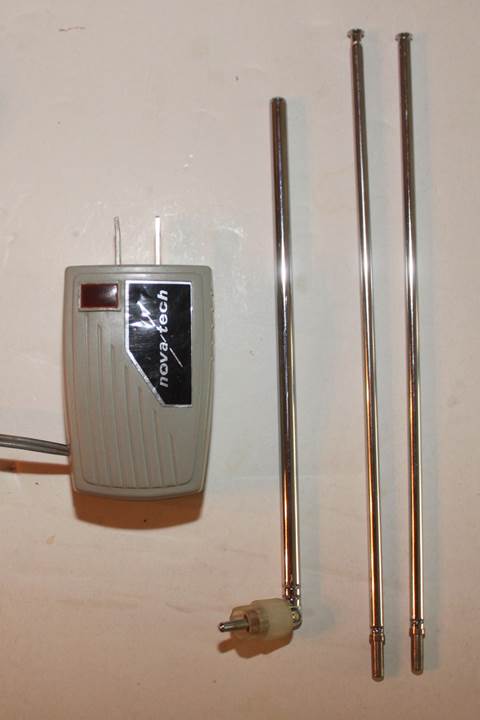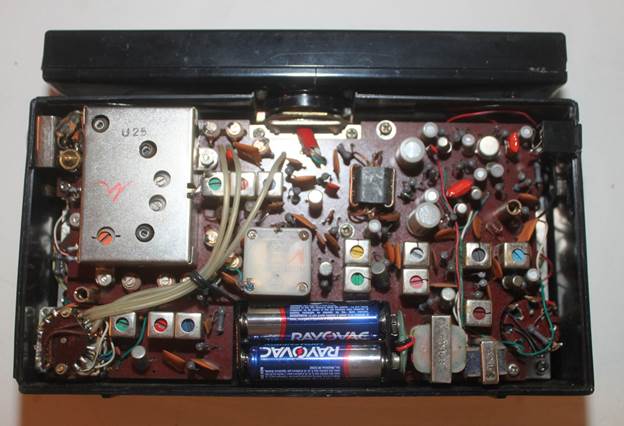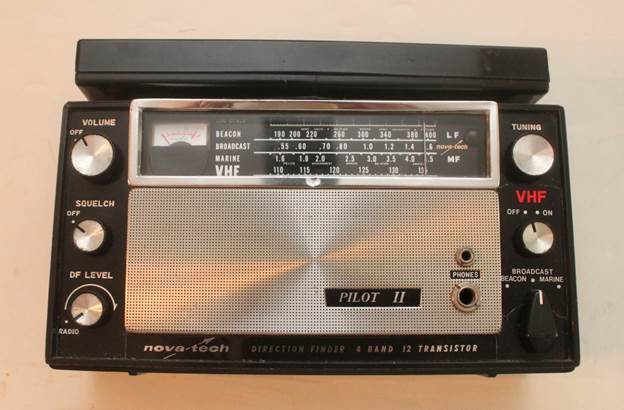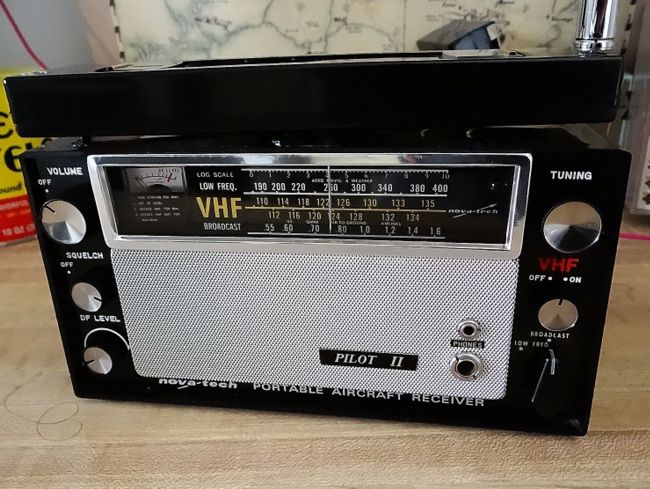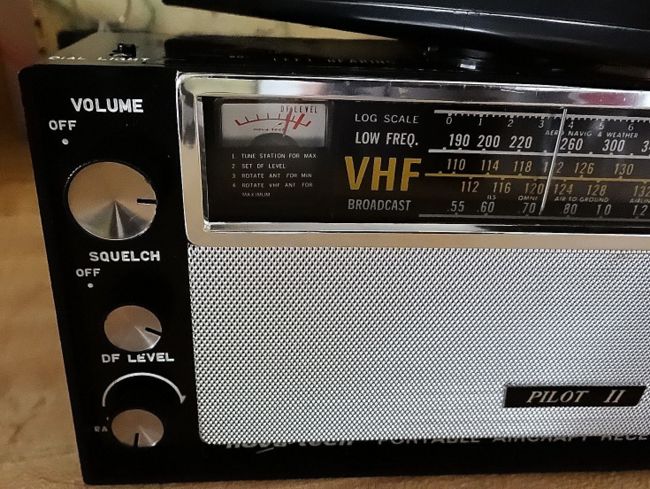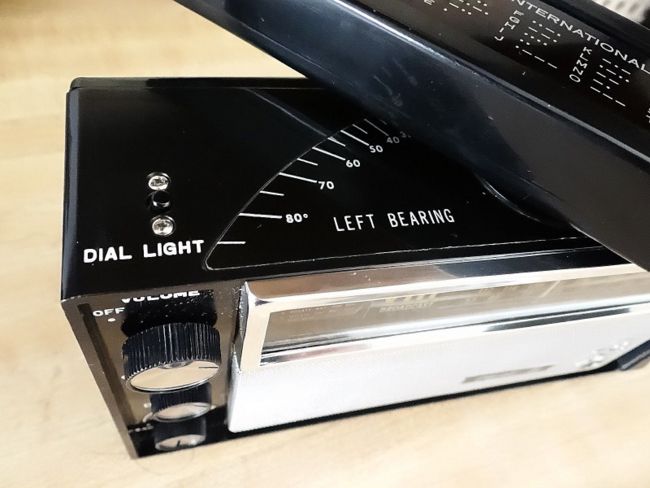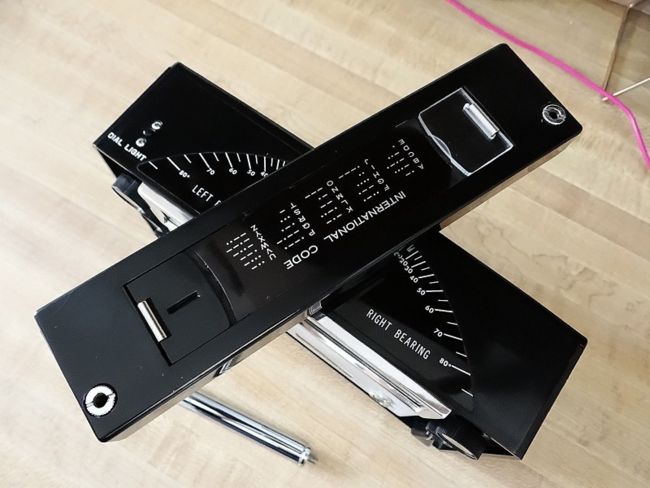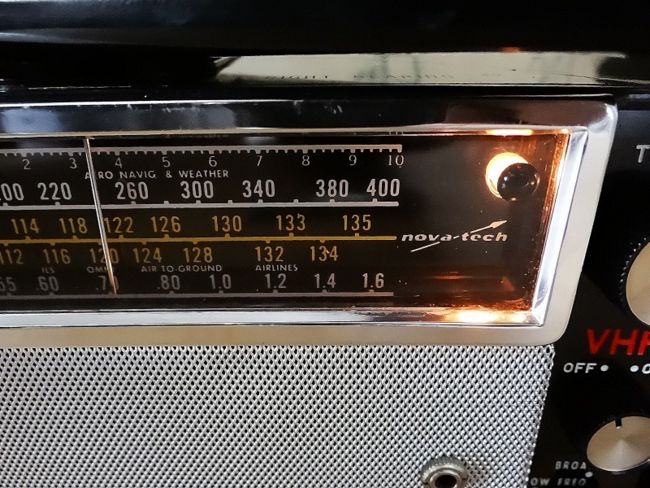Many thanks to SWLing Post contributor, Bill Hemphill (WD9EQD), who writes:
This morning (Saturday July 20), I went to the New Jersey Antique Radio Club (NJARC) Summer Swap Meet.
They typically hold three Swap Meets each year at various locations This time it was at the InfoAge Science
History Learning Center in Wall, NJ. The InfoAge Center has many exhibits including:
- InfoAge Space Exploration Center
- World War II Radar
- Marconi Wireless Room
- Radio and Television Museum
- Vintage Computers
- plus much more
If you are ever in the area, I highly recommend a visit to it.
The Swap Meet was held outdoors and it was a hot humid morning – 80 degrees at 6 am with 90 percent humidity. By 9 am it was 90 degrees. But it was worth the hour trip.
I acquired one new radio – the Nova-Tech Pilot II Direction Finding 4 Band transistor radio. It’s in great condition and is working. It’s an interesting radio.
The four bands are Beacon (190-400 kHz), Broadcast (550-1600 kHz), Marine (1.6-4.5 MHz) and VHF (108-136 MHz).
There is a rotatable antenna on the top that is used to get your bearing. The top of the radio has the Bearing in degrees. It includes Squelch and DF Level controls; both can be switched off. The DF Level is the RF Gain and I read somewhere that when it is activated the AGC is switched off.
I was very fortunate in that the radio came with the three telescoping antennas – all in perfect condition. It also included the original AC Power Adapter.
All for only $25. A great bargain.
The radio seems very sensitive on the Broadcast Band.
I tuned it to my standard test weak station – WALK, 1370, in Patchogue, NY. This station is a 500 watt repeater station to WHLI, 1100 in Hamstead, NY. With most of my radios, I can barely hear a station in the noise. The exception is the Panasonic RF-2200 which can pick it up the best. The Pilot II could pick up a readable signal of WALK.
Very impressive.
Below are some photos of the radio.
Bill also included the following photos from the New Jersey Antique Radio Club (NJARC) swap meet:










 Thanks for sharing this, Bill! No doubt, you snagged a fantastic deal on the Nova Tech Pilot II. My dear friend Michael Pool (who passed away earlier this year) acquired one and loved it. Here’s a link to his guest post about this cool DF receiver.
Thanks for sharing this, Bill! No doubt, you snagged a fantastic deal on the Nova Tech Pilot II. My dear friend Michael Pool (who passed away earlier this year) acquired one and loved it. Here’s a link to his guest post about this cool DF receiver.
Thanks for sharing the photos and links to the NJARC swap meet. Looks like an event I’d certainly love to attend!
Post readers: Have you attended any swap meets recently? Any good finds? Please comment!
Do you enjoy the SWLing Post?
Please consider supporting us via Patreon or our Coffee Fund!
Your support makes articles like this one possible. Thank you!

